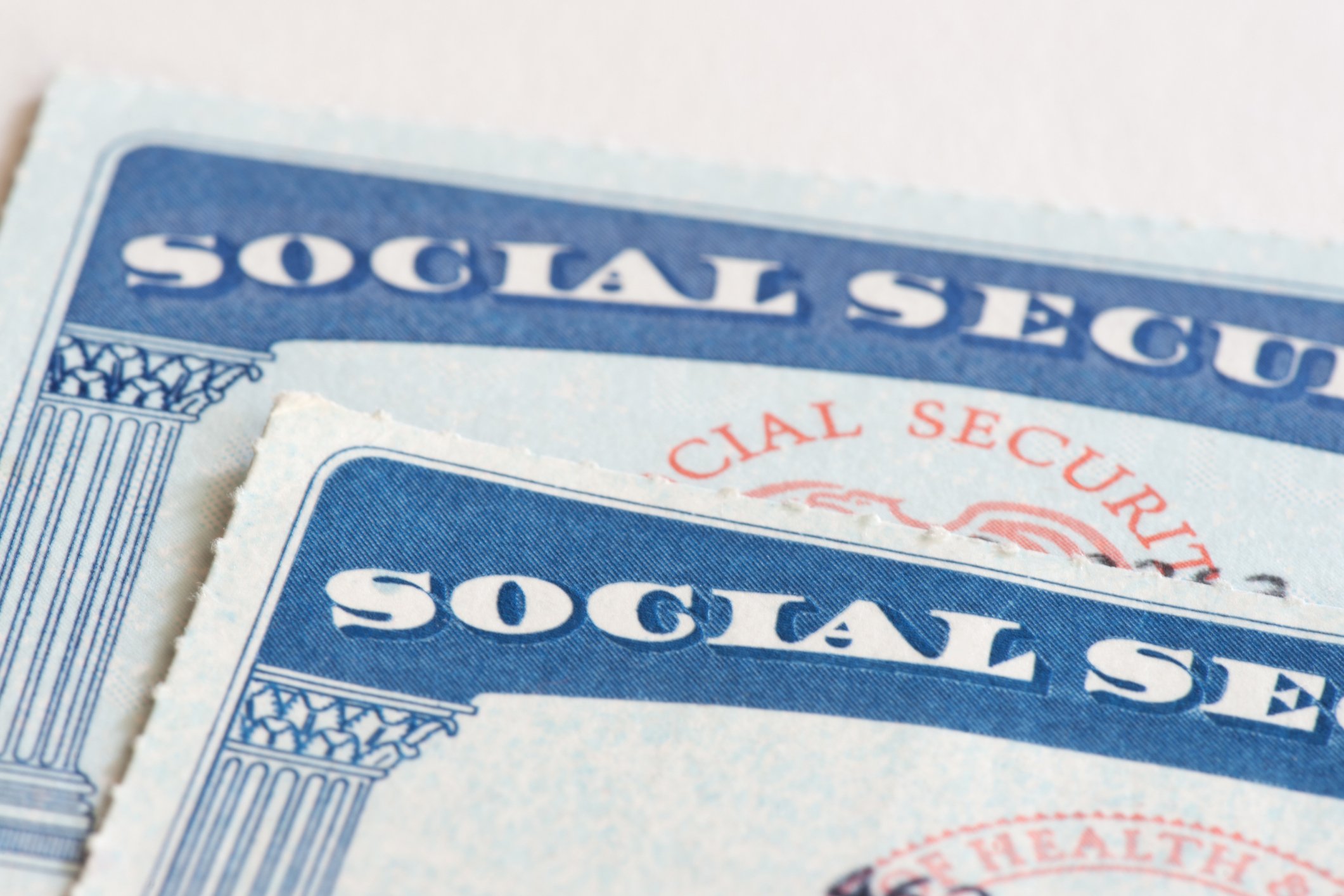The tax laws give retirement savers several opportunities to earn tax benefits by saving for retirement. 457 plans are among the more obscure employer retirement plans, with 401(k) and 403(b) plans getting a lot more attention. However, 457 plans have the same high contribution limits in 2017, letting savers under age 50 put aside $18,000 and those 50 or older save $24,000 toward their retirement. Below, we'll take a closer look at what 457 plans are and whether you can use them to get a tax break on your retirement savings.
How 457 plans work
Section 457 of the Internal Revenue Code covers deferred compensation plans for state and local government entities as well as any organization that is exempt from income tax. This potentially includes not only charitable organizations but also other tax-exempt organizations, such as 501(c)(4) social welfare organizations. Since only charitable 501(c)(3) organizations are eligible to use 403(b) plans as a retirement savings option for their employees, a 457 plan is often the best option for tax-exempts that don't qualify as public charities.

Image source: Getty Images.
Just like other retirement plans, 457 plans can help workers get tax benefits for saving for retirement. With traditional 457 plans, workers can save money on a tax-deferred basis while excluding their contributions from income currently. That leads to an immediate tax reduction compared to what your tax bill would have been without the contribution. Also, taxes on interest, dividends, capital gains, and other investment income are deferred until you take withdrawals from your 457 plan account. Only when you withdraw your money will have to include the amount of the withdrawal as income for tax purposes.
Some employers offer Roth 457 plan accounts. Like most Roth-style retirement accounts, contributing to a Roth 457 plan doesn't give you an up-front tax break. However, it turns the interest, dividends, and gains that your investments generate within the account into tax-free income, even when you withdraw it during retirement.
The most special aspect of 457 plans
There is one feature that 457 plans offer that you won't find with 401(k) or 403(b) plans. There is a special provision that offers catch-up contributions that are enhanced compared to other retirement plans. For up to three years prior to reaching normal retirement age as specified in the plan, 457 plans can allow participants to contribute up to twice the annual limit. That means that if a plan specifies age 65 as the normal retirement age, then 62-, 63-, or 64-year-olds could contribute up to $36,000 in 2017 -- twice the standard $18,000 contribution.
However, that special catch-up provision is only available if participants failed to take advantage of their full ability to make contributions in past years. For instance, if a participant contributed the maximum amount each year except for one year in which the contribution was $3,000 less than the maximum, then the maximum catch-up under the special provision would be just $3,000 above the normal $18,000, or a total of $21,000. Moreover, the special catch-up provision is only available if you didn't take advantage of the standard age-50 catch-up contribution that most retirement plans now offer.
What else to know about 457 plans
Bear in mind that like many other retirement plans, 457 plans have investment options that are limited to what your employer provides for you. In some cases, that can make the 457 plan less than ideal, if the investments chosen charge high fees that detract from your total returns.
Even with that caveat, however, the benefit of getting to use a 457 plan to defer huge amounts of income can outweigh the downsides of higher costs. Typically, a 457 plan will give you at least one reasonable investment option that you can use to take advantage of its provisions.
457 plans aren't as common as 401(k) plans, but they play the same role in helping employees save more for retirement. If you work for an employer that offers a 457 plan, take a closer look to see whether the plan is good enough to let you reap the tax breaks it offers by letting you save more than you'd be able to save with IRAs or many other retirement savings options.





